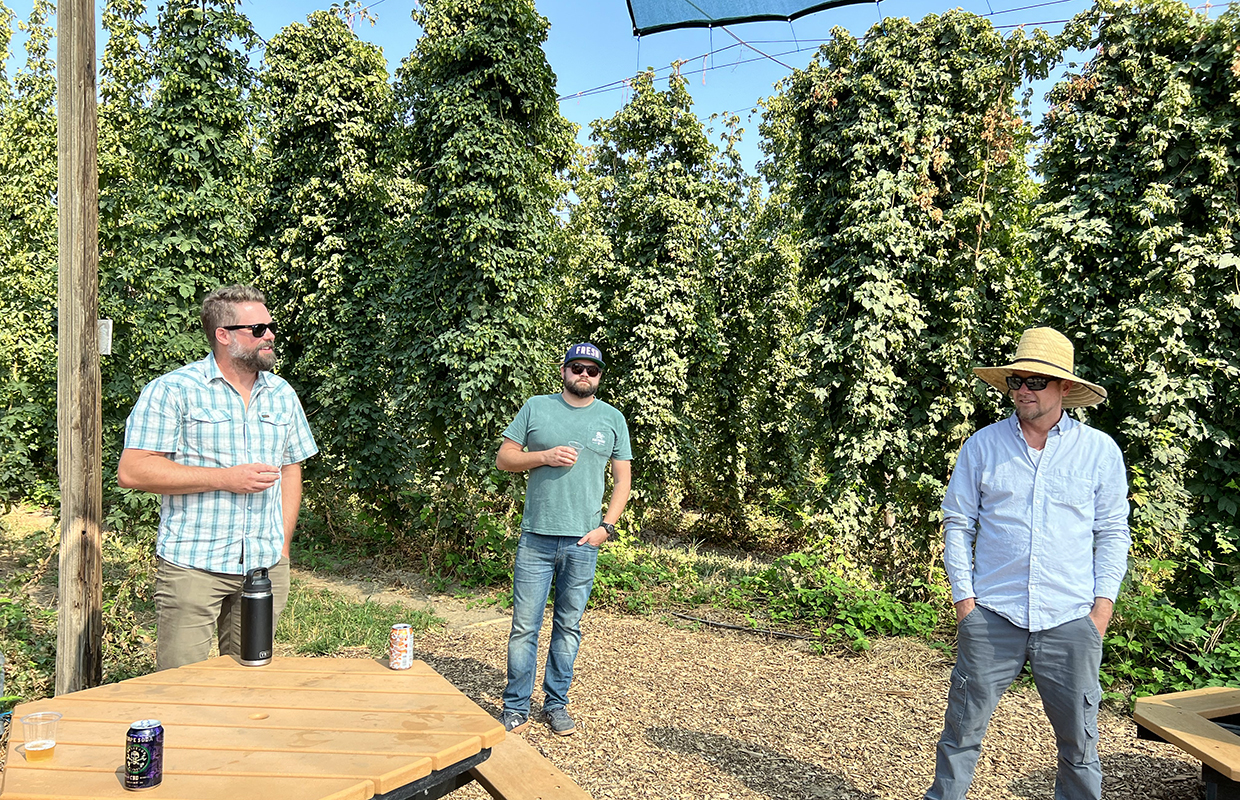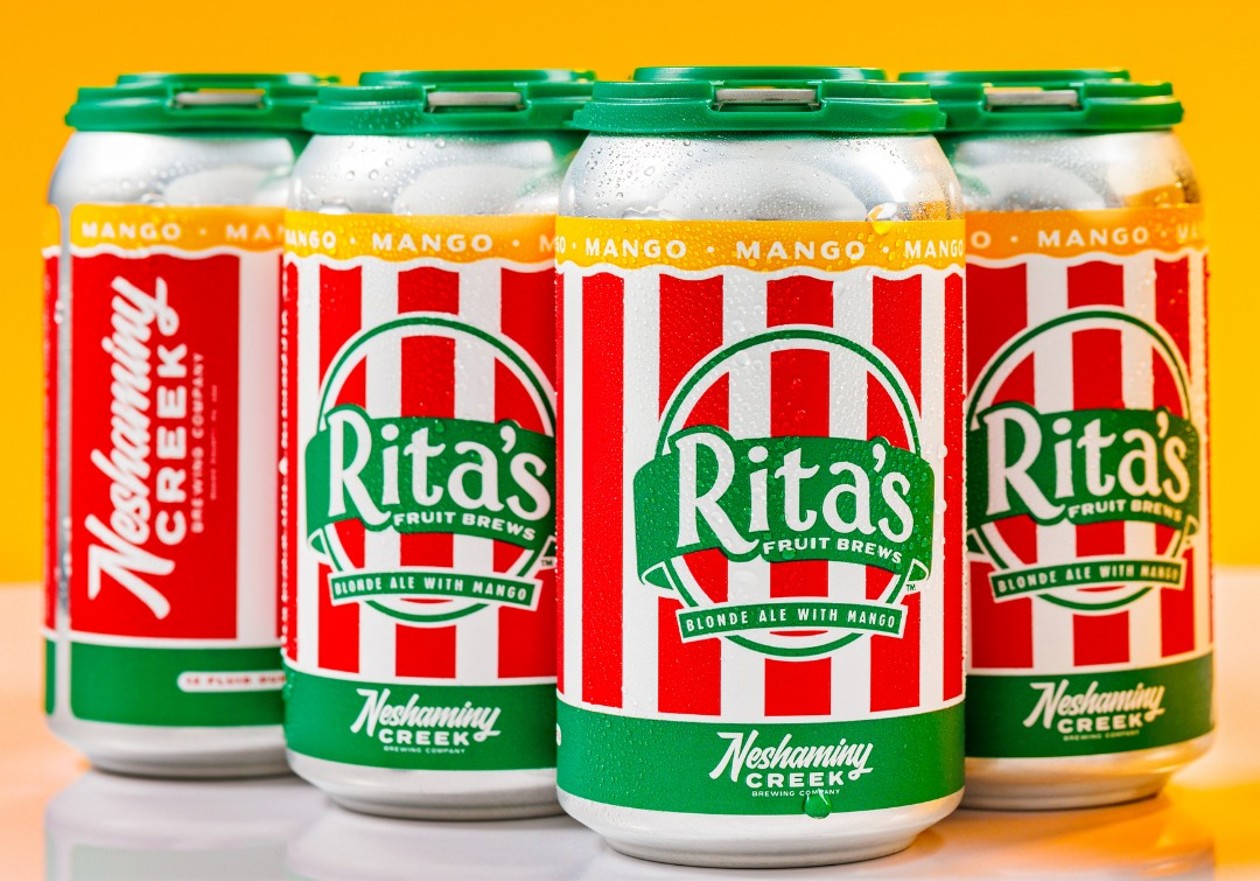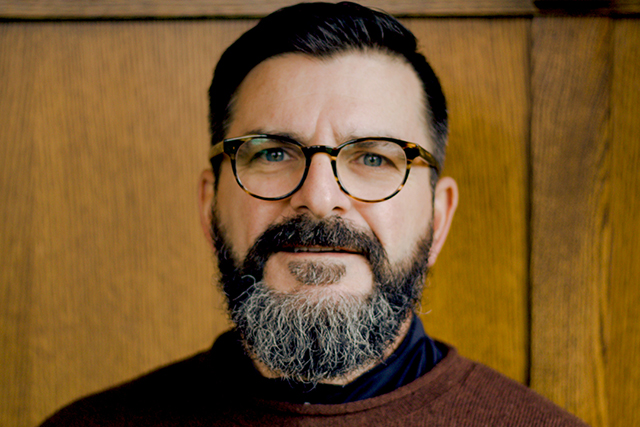
When Fuzzy Baby Ducks first appeared at New England Brewing Co., it was the kind of beer people lined up for — sometimes well before doors opened — to snag a pint or a few cans before the kegs kicked.
The all-Citra hazy IPA began as a taproom-only release with a name that gave a gentle jab at the creeping pretentiousness in beer culture.
“We’ve always been a brand that takes the beer very seriously, and we don’t take ourselves very seriously,” said Jamal Robinson, Director of Sales and Marketing. “The name came from our owner joking about making beer geeks have to say something ridiculous to order a pint.”
The joke landed, and the beer moved. Tap takeovers became minor events, with kegs draining in under an hour and lines stretching out of the lot. But Robinson is clear that the early scarcity wasn’t engineered hype.
“Our intention was never to have these super hard-to-get beers. We always wanted to make beer for everyone. It was just a capacity issue,” he said, noting NEBCo.’s smaller footprint at the time and earlier Connecticut rules that limited taproom sales to tastings and beer to-go.
Capacity ultimately became a business priority. A few years ago, NEBCo. tore out a main cooler, built two smaller ones, and shifted equipment to squeeze in three additional fermenters for an operational shuffle that added roughly 2,000 barrels of annual capacity.
“We didn’t want to release it to the trade unless we could do it right,” Robinson said. “The goal was to see if people would still want it if it was available all the time. There are brands that lose their appeal once they’re not scarce.”
NEBCo. launched Fuzzy Baby Ducks into broader distribution to test that premise before committing to larger expansion. And, it hit. The beer scaled in market without eroding Sea Hag, the brewery’s flagship IPA. The company was able to manage portfolio risk with a price architecture.
“We separated the two brands on price so Sea Hag loyalists could keep their beer at the value they expect, and Fuzzy could live a couple dollars higher,” Robinson said. “It’s quickly becoming our No. 1 brand. It still has a ways to go to catch Sea Hag, but it gave us a strong 1-2 punch.”
Why the staying power? Robinson starts with the pint.
“First and foremost, the beer’s great,” he said. “If the liquid isn’t something people love to drink, the marketing won’t matter.”
He calls Fuzzy approachable and balanced, appealing to both veteran IPA drinkers and newer consumers. Just as important, he points to the way the brand grew, which was organically and in-line with NEBCo.’s culture.
“We try not to chase trends,” he said. “We make beers that fit our brand style and that people love, that are clean and professional. We do some hazier beers, but we don’t have traditional New England-style beers in the portfolio.”
The brand also benefited from a deliberate market stance. NEBCo. has focused on Connecticut over rapid multistate expansion, investing in community ties: such as fundraisers, scholarships, food pantries and local causes, that translate into loyalty at retail.
READ MORE: New England Brewing Announces Acquistion of Stony Creek Facility
“We’ve always focused on making sure we can make enough beer to feed Connecticut,” Robinson said. “We’ve really connected with people beyond just making beer.”
That foundation has allowed NEBCo. to extend the Fuzzy platform without cannibalizing the rest of the lineup. Limited annual drops of Double Fuzzy (twice a year) and Triple Fuzzy (once a year) to feed that intentionality of scarceness by pushing those as taproom-only. The company turned that momentum into a new anchor event last year with Fuzzy Day, a brewery-hosted launch that puts all three beers under one tent alongside exclusive merch, food integrations and a mixed “Quack Pack” six-pack that pairs two cans of each.
“You never really get to dictate your flagships—the market does,” Robinson said. “When people are grabbing something and asking for it, it’s our job to lean into it.”
For NEBCo., leaning in has meant treating the beer seriously while keeping the tone light, protecting the flagship with pricing discipline, and doing the unglamorous capacity work that turns a line beer into a scalable brand. The result has become a growth engine that adds volume without robbing Sea Hag and gives the brewery multiple on-ramps for consumer engagement.
With Fuzzy Day now an annual fixture and Double and Triple Fuzzy cemented as limited releases, Robinson sees the curve continuing in the right direction.
“It’s showing no signs of slowing down,” he said.







Be the first to comment